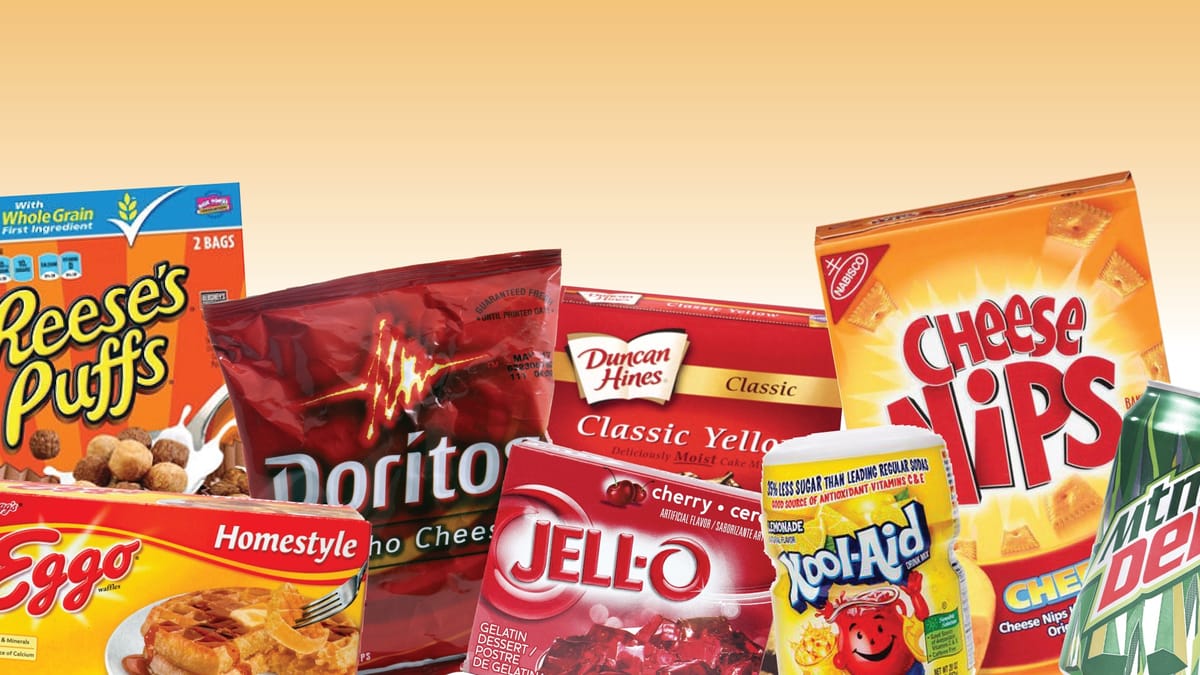Red 40 and yellow 5 dyes are directly correlated with team performance

Tucson, Arizona | A groundbreaking study from the Food Processed Performance Center (FPPC) has emerged, suggesting a strong correlation between food dyes Red 40 and Yellow 5 and sports performance. As athletes across the nation gulp down their fluorescent beverages and munch on artificially colored snacks, the sports world finds itself in the midst of a colorful revolution.
While critics argue that the use of these dyes in the food and beverage industry is purely cosmetic, manufacturers insist that their inclusion is vital for optimal sports performance. They claim that the vivid hues of Red 40 and Yellow 5 trigger a boost of energy, granting athletes superior abilities on the field. Skeptics might dismiss this claim as questionable, but the sales of these artificially colored products to young athletes are soaring.
Industry insiders reveal that the food and beverage giants continue to include these dyes in their products due to their enduring popularity and the elusive notion that the colors hold some kind of secret power. "People love bright, eye-catching colors. It's all about marketing," says marketing executive Richard Dye. "We might as well take advantage of the public's obsession with colors to sell our products, because we all know they won’t read the label on the back regardless of the scientific legitimacy behind it."
Surprisingly, some coaches seem to buy into this colorful trend. Head soccer coach Phil Kickol claims that his players have witnessed incredible performance enhancements through the use of food dyes. "The moment they consume a beverage laced with Red 40 and Yellow 5, they transform into mini-Messis and Ronaldos," Kickgoal enthusiastically exclaims. "I've seen it with my own eyes. Before a game we always get together with our processed foods to see who can max out their food dyes. It's like the colors infuse them with strength.”
However, not all experts are convinced of the magical effects of these dyes. Sports nutritionist Dr. Jane Sensible believes that the importance of dyes in our blood, cells, and human body is largely overstated. "While colors do play a role in our visual perception and food enjoyment, their impact on actual physical performance is questionable at best," Dr. Sensible explains. "There are far more important factors in sports nutrition, such as hydration, nutrient balance, and training."
Amidst the buzz surrounding the use of food dyes, concerned parents have voiced their worries about the potential long-term health effects on their budding athletes. Lisa Worryed, a parent of a young soccer prodigy, expresses her concern, stating, "I don't want my child's future health compromised by consuming chemicals just for the sake of brighter snacks. I'd rather focus on providing them with a balanced diet and proper training to ensure their overall well-being."
As the debate rages on, the sports world finds itself at a crossroads. Are these food dyes truly the elixir of athletic greatness, or just a marketing gimmick wrapped in vibrant colors? One thing is for certain: the effects of Red 40 and Yellow 5 on sports performance are painting a colorful picture, leaving both athletes and their fans pondering whether their true potential lies in the science of nutrition or the hue of their favorite snacks.

Comments ()